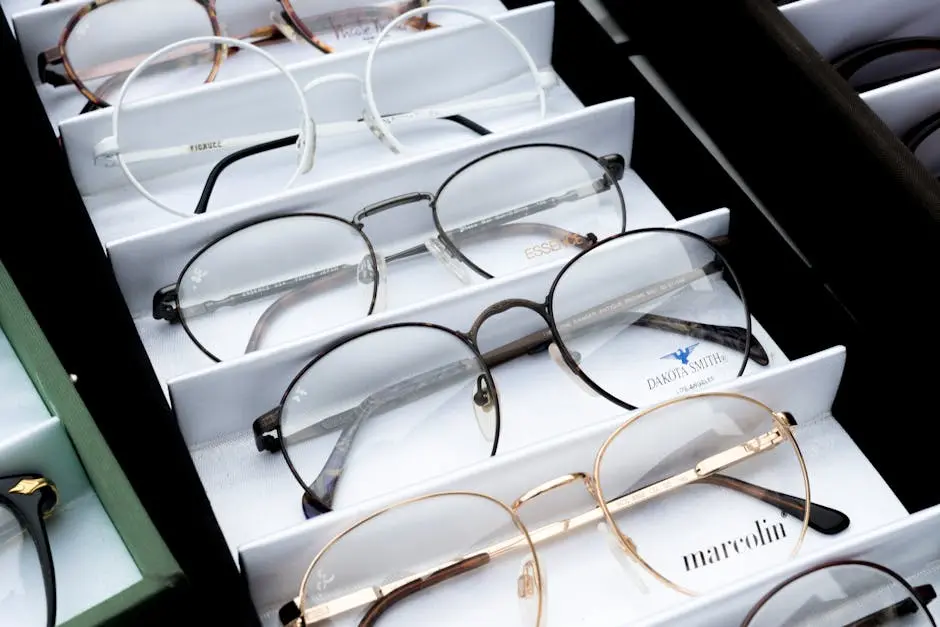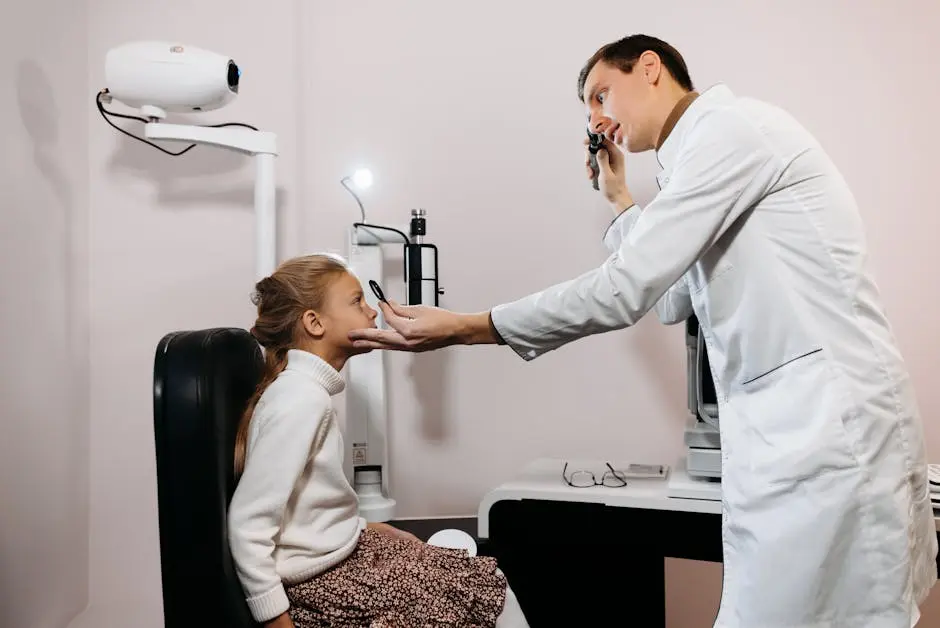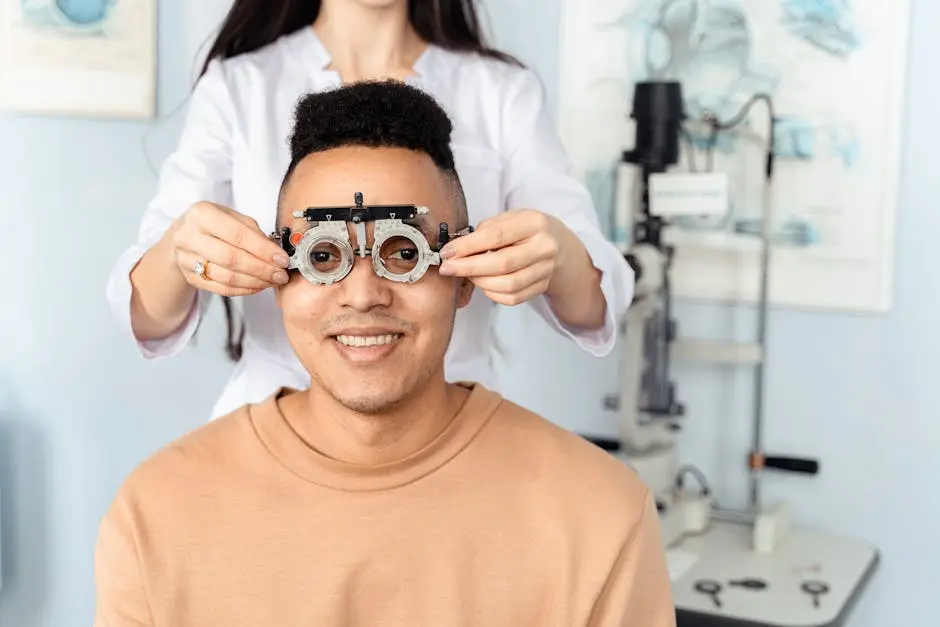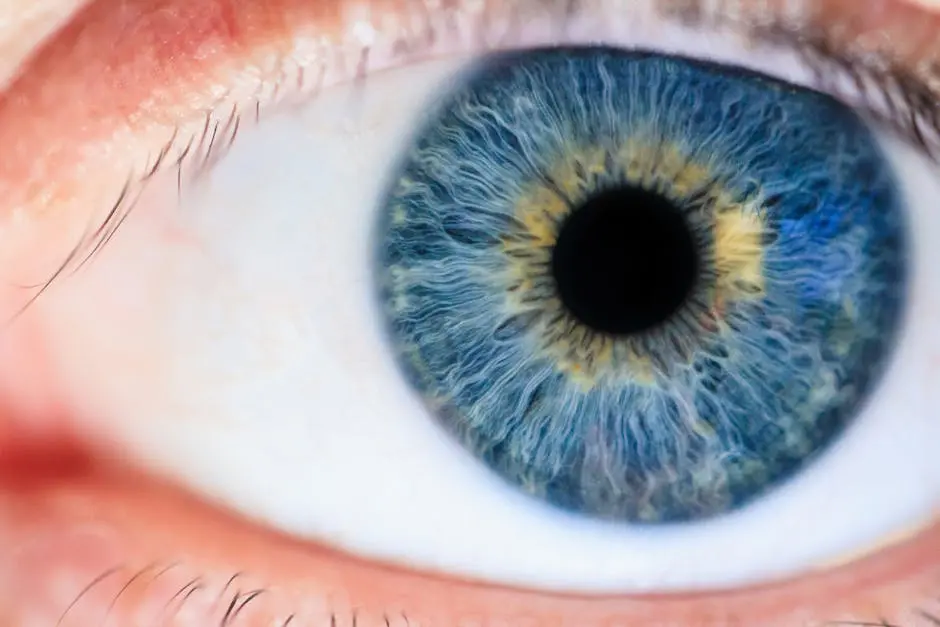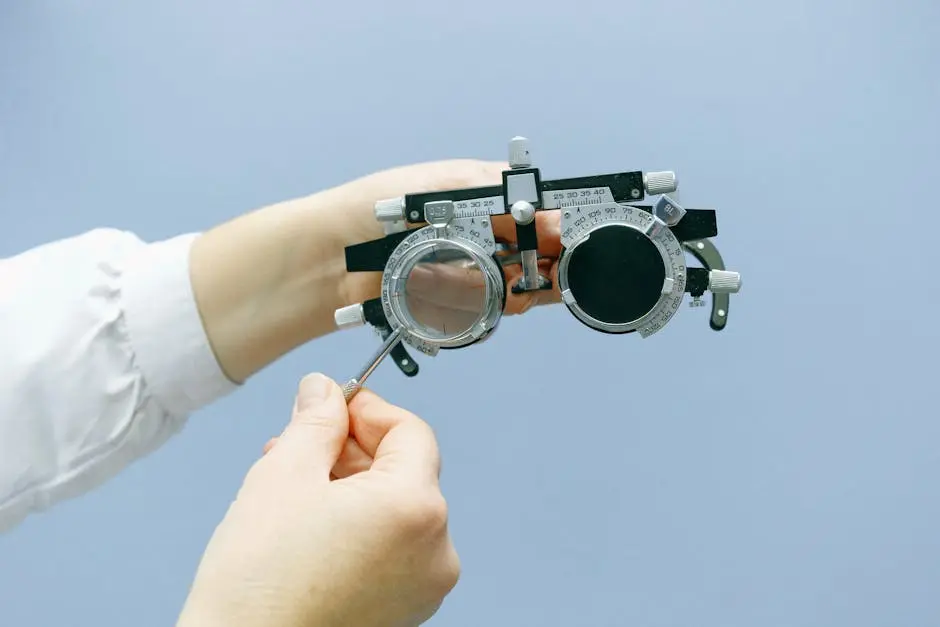Exploring the World of Designer Glasses: Trends and Styles
Glasses are no longer just a vision necessity; they have transformed into a powerful fashion statement. Designer glasses combine functionality with style, enhancing both your look and your confidence. Dive into the world where craftsmanship meets creativity, and uncover the latest trends and styles in designer eyewear.
The Evolution of Eyewear: From Utility to Fashion
Eyewear has come a long way from being a simple vision aid. Over the decades, glasses have become an integral part of fashion, with designers turning them into iconic accessories. This change reflects shifts in societal attitudes and technological advancements. Initially, glasses were purely functional, designed to help those with visual impairments see better. However, as fashion evolved, so did the perception of glasses. In the 1950s and 1960s, glasses began to take on a stylistic dimension as designers like Christian Dior and Givenchy introduced glasses into their fashion lines, making them a staple in high fashion.
This transformation has led to an era where glasses are both a necessity and a style statement. Celebrities and influencers often shape eyewear trends, endorsing designer brands that blend modern aesthetics with classic appeal. The result is an ever-growing array of styles, from retro cat-eye frames to sleek minimalist designs, that cater to diverse tastes and personalities. The integration of technology, such as blue light blocking lenses and lightweight materials, enhances both functionality and comfort without sacrificing style.
Understanding Different Face Shapes and Frame Styles
Choosing the perfect pair of glasses involves understanding which frame styles best complement your face shape. From round to square, each face shape is enhanced by specific frame types that help balance features and bring out your best look. For instance, round faces often benefit from angular frames that add definition, whereas heart-shaped faces might find harmony with lower-set temples and bottom-heavy frames to balance the width of the forehead.
Square faces can soften their angular features with round or oval frames, offering a gentle contrast to strong jawlines. On the other hand, oval faces are considered the most versatile, allowing wearers to experiment with a wide array of styles, from trendy geometrical frames to oversized sunglasses. Understanding these nuances not only elevates your fashion game but also ensures your eyewear complements and enhances your natural features flawlessly.
Trending Styles in Designer Glasses
Stay ahead in the fashion game with trending styles like geometric frames, clear lenses, and vibrant colors. These trends showcase the creativity and artistry in eyewear design, allowing wearers to express their unique sense of style. Geometric frames, for instance, are making waves by breaking traditional design molds, offering bold new perspectives in eyewear fashion. Their unconventional shapes appeal to those who seek to stand out with avant-garde aesthetics.
Clear lenses, once considered purely functional, have gained popularity for their minimalist yet sophisticated appeal. Paired with luxurious materials such as titanium or acetate, they offer a sleek look that emphasizes the wearer’s features without overpowering them. Meanwhile, vibrant colors are bringing a playful energy to eyewear, inviting fashion-forward individuals to mix and match shades for a personalized touch. Whether it’s a soft pastel hue or a vivid neon, these colors enliven any outfit, proving that glasses can be just as dynamic as any other accessory in your wardrobe.
Sustainable and Ethical Eyewear
The fashion industry, including eyewear, is increasingly shifting towards sustainability. Brands are now focusing on eco-friendly materials and ethical production methods, ensuring that your stylish glasses also contribute positively to the environment. Many designers are embracing materials like biodegradable acetate and recycled metals, which offer sustainability without compromising quality or style.
Ethical production has also become a priority, with many companies ensuring fair labor practices and reducing carbon footprints in manufacturing processes. This shift is not just a trend but a movement towards conscious consumption where style meets responsibility. Consumers can now enjoy premium eyewear that is not only designed to last but also crafted with care for people and the planet, reflecting a growing awareness and demand for environmentally responsible products.
Caring for Your Designer Glasses
Investing in designer glasses requires taking good care of them to prolong their life and maintain their aesthetic appeal. Learn simple maintenance tips to keep your eyewear looking as good as new, from cleaning techniques to safe storage. Regular cleaning with a microfiber cloth can prevent scratches and smudges, ensuring you always have a clear view. It’s also essential to use proper eyewear cleaners instead of harsh chemicals that can damage lenses and frames.
Equally important is storing your glasses in a protective case when not in use to avoid accidental damage. Moreover, regular adjustments by a professional can keep your frames in their best shape, providing both comfort and optimal performance. Taking these proactive measures not only safeguards your investment but also ensures that your designer glasses continue to reflect your personal style and sophistication.
Embrace Your Style with Designer Glasses
Whether you’re a fan of the classic aviator or prefer the boldness of oversized frames, designer glasses offer something for every style icon. Explore the vast array of designs and trends that resonate with your personality, and let your glasses speak volumes about who you are without uttering a word. Visit Eye Associates of Winchester to explore an exquisite collection of designer glasses tailored to your unique style.

